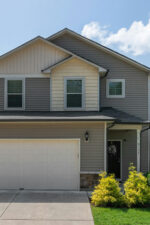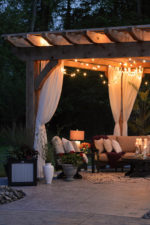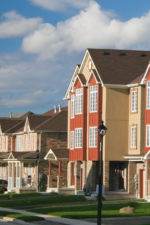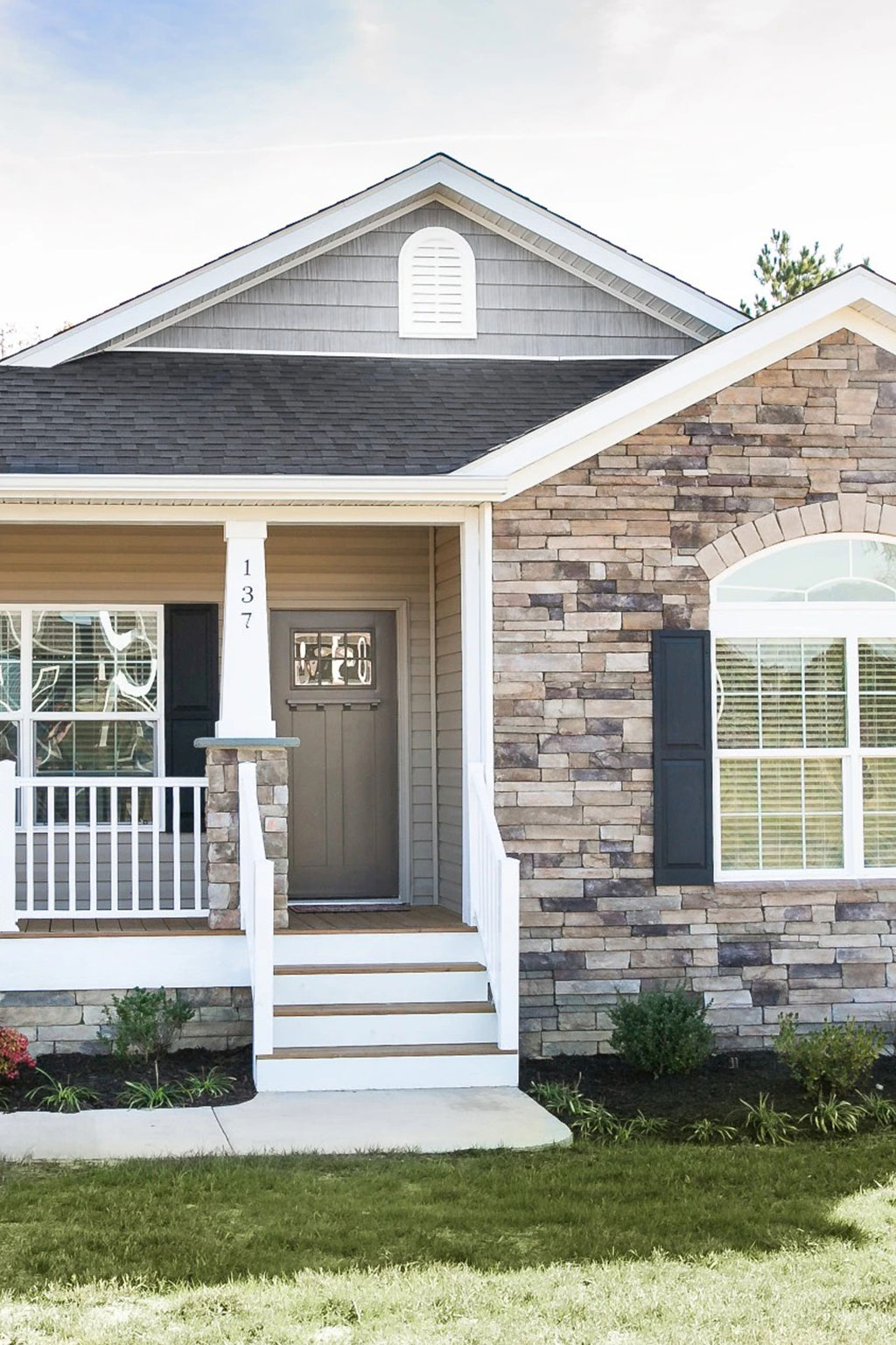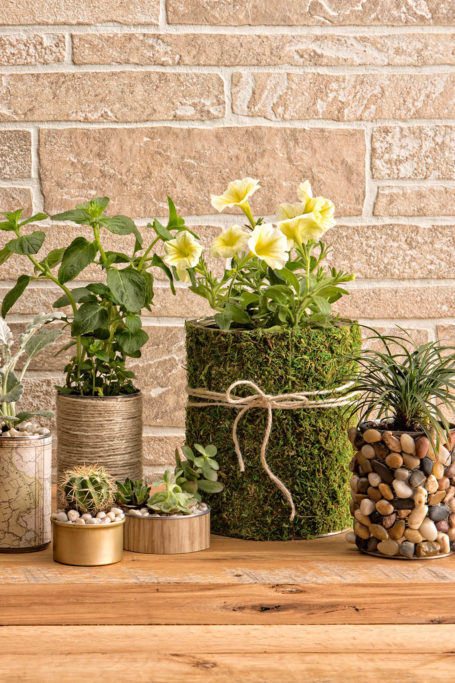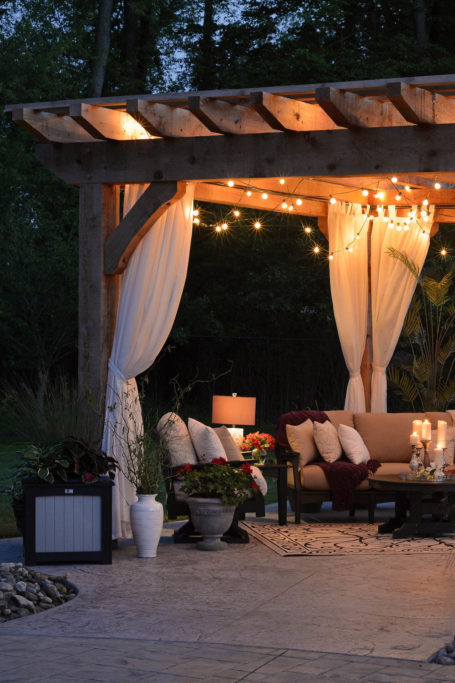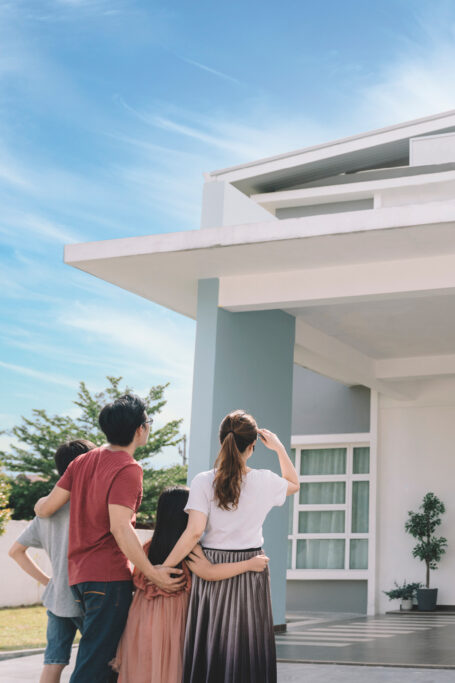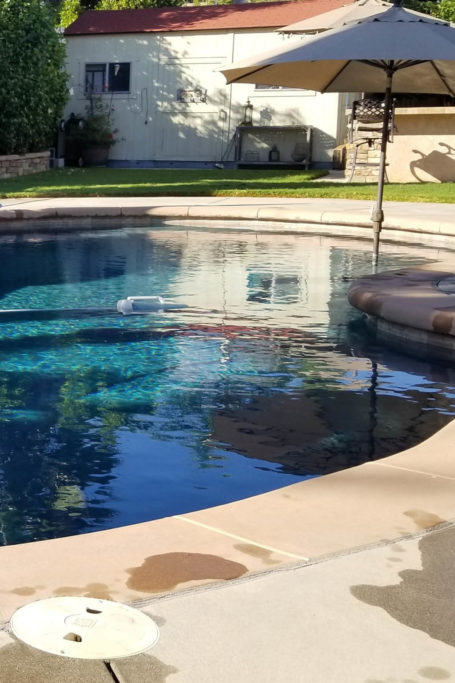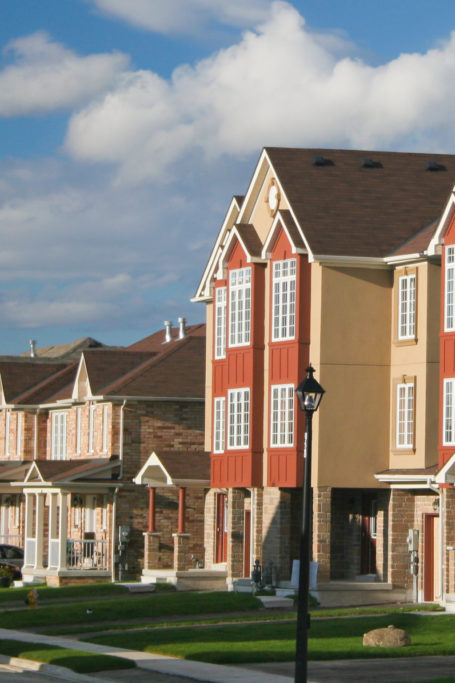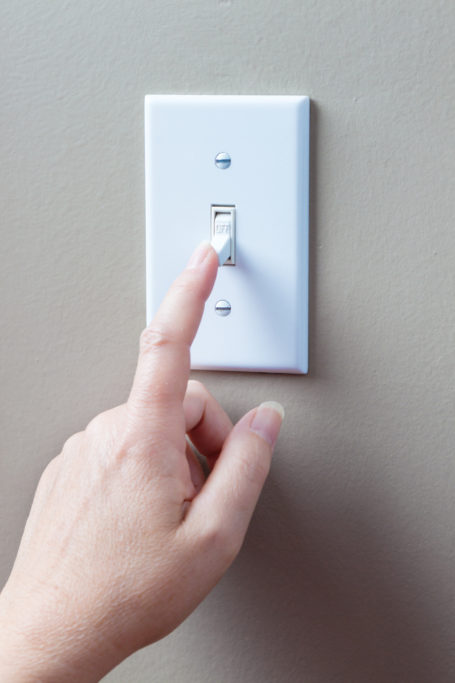Affordable and Green Prefabricated Homes
Photos courtesy of Clayton
Are you dreaming of a modern, eco-friendly home without the hefty price tag?
A prefabricated house, or one manufactured in a factory, may be the way to go. While just starting to catch on in the United States, this option is already popular in countries like Japan and Sweden for its sustainable features and ability to go up in weeks, saving consumers both time and money. Learn more about these intriguing benefits along with two different types of prefab structures worth considering—manufactured and modular homes.
The many advantages
As housing affordability continues to be an issue across the country, finding a “stick-built,” or traditionally constructed, home that fits your budget can prove to be challenging. Prefabricated ones, ssuch as those from leading manufacturers Clayton and Champion Homes, offer a solution that can be as much as 25 percent cheaper, generally costing less per square foot. Of course, there are other expenses you’ll have to factor in as well, such as for the lot or land you’ll put it on and to attach your utilities or build a foundation, if needed. But if you manage your budget well, this could prove to be an ideal cost-effective option, whether you’re a first-time buyer or looking for your retirement retreat.
In addition to their relatively low sticker prices, prefab homes can be quite sustainable in many ways. For one, they are engineered to have a great deal of structural integrity thanks to three primary factors: they must adhere to both national and local building codes, they’re made from the same high-quality materials as stick-built homes, and they’re built in controlled factory conditions, meaning they aren’t exposed to wind, rain, and other elements during construction. As a result, they can be resilient to hazardous conditions like flooding and strong winds, sometimes even withstanding hurricane-force winds.
Prefab houses also produce lower waste during the construction process and typically offer many green features. These may include roofs with sheathing technology, advanced insulation techniques, and double- or tripled-paned windows insulated with argon gas to help regulate indoor temperatures and minimize energy loss. In turn, you can potentially reduce both your carbon footprint and utility bills by an incredible amount.
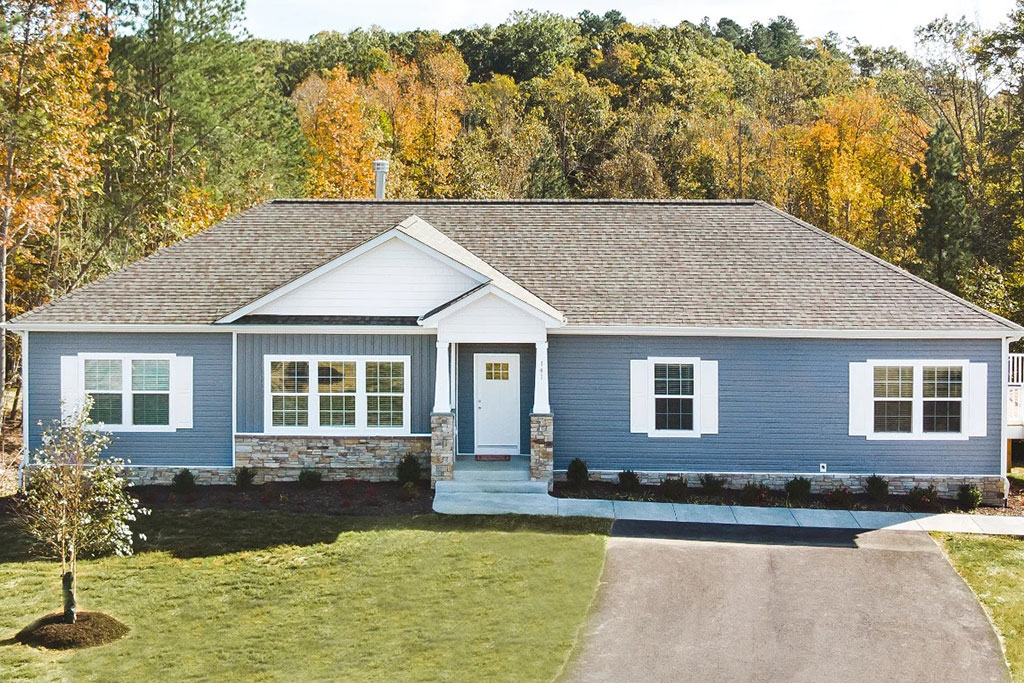
Manufactured homes
Previously called mobile homes, today’s manufactured houses are a far cry from their less structurally sound predecessors. Built in a factory and then transported fully complete to a site, they are held to strict standards regulated by the Department of Housing and Urban Development (HUD), helping to guarantee their quality. While these homes are “mobile” in the sense that they’re able to move sites if desired, many owners these days choose to remove this element by attaching theirs to a permanent foundation, providing more stability and better curb appeal.
Although typically only one story, manufactured homes are available in a variety of architectural styles and sizes and can be outfitted with all the latest bells and whistles, such as on-trend flooring and eco-friendly lighting, making them almost indistinguishable from traditional houses. The average sales price of a new, single-family manufactured home in May 2024 was $86,500, which was much lower than that month’s average price for a new, single-family stick-built house at $520,000. (Note, though, that the latter price includes the land.)
However, there are potential wrinkles to keep in mind when purchasing a manufactured home. To start, they aren’t permitted in all municipalities, so you may be restricted as to where you can place yours. A manufactured-home community—of which there are 43,000 in the United States—may be your best bet. You may even be able to purchase a home resale there for a lower price.
Moreover, manufactured homes don’t always qualify for a traditional mortgage. Generally, to be eligible, they must be titled as real property, the process for which can vary per state; in some cases, you may be required to affix your house to the land with a foundation and own the underlying property as well. Alternatively, there are certain FHA or VA loans you may qualify for, or you could use a chattel loan, a type of financing for personal property that’s similar to an auto loan. Just keep in mind that this option tends to have higher interest rates and shorter repayment terms.

Modular homes
Only partially constructed in a factory, modular homes are composed of sections, or modules, that are premade in controlled conditions and then secured together by a builder on-site. Unlike manufactured homes, these houses must always be placed on a permanent foundation for stability. They’re also held to the same standards of traditional homes, meaning they must adhere to the International Residential Code and comply with local, state, and regional building codes.
While still more affordable than conventional houses, modular homes are generally more expensive than manufactured ones; according to Rocket Mortgage, they had an average price of $270,000 in September 2024. But with this extra cost often comes more flexibility, allowing you to combine modules to create your ideal floor plan within the manufacturer’s limitations. For example, you could add one to the main floor for additional living space or, in the case of a smaller lot, use them to create a second story instead. Even more, you can choose from a wide range of styles, including contemporary, Cape Cod, and Colonial.
When purchasing a modular home, you’ll likely have the same financing options as for a stick-built home, including conventional mortgages, FHA loans, and VA loans. However, you might need a construction loan first to pay for costs like labor and buying your property; some such loans can be converted to a traditional mortgage later. Certain lenders may also offer specialized modular-home mortgages, and your manufacturer might provide financing options.

Prefabricated houses can present a promising path to a more sustainable and affordable future. With the potential to reduce your cost of living as well as your environmental impact, they’re a compelling option for homebuyers seeking both practicality and beauty.





